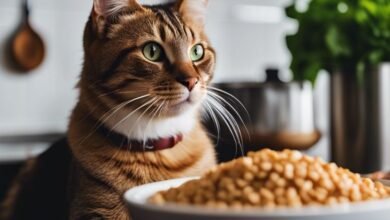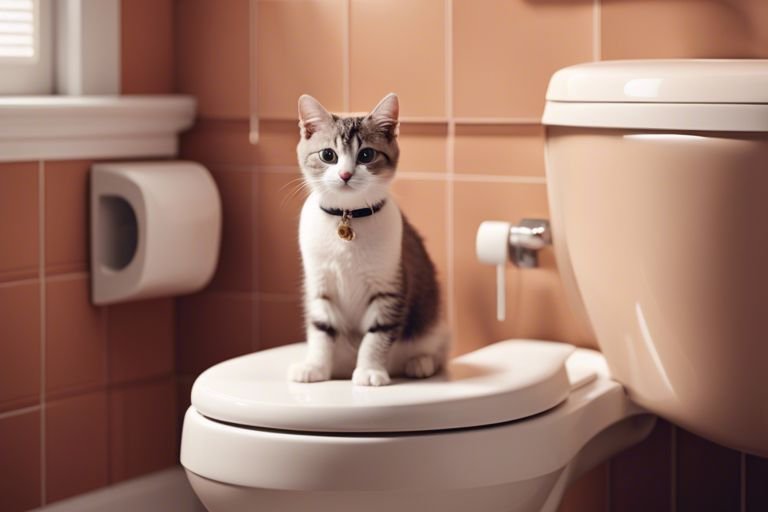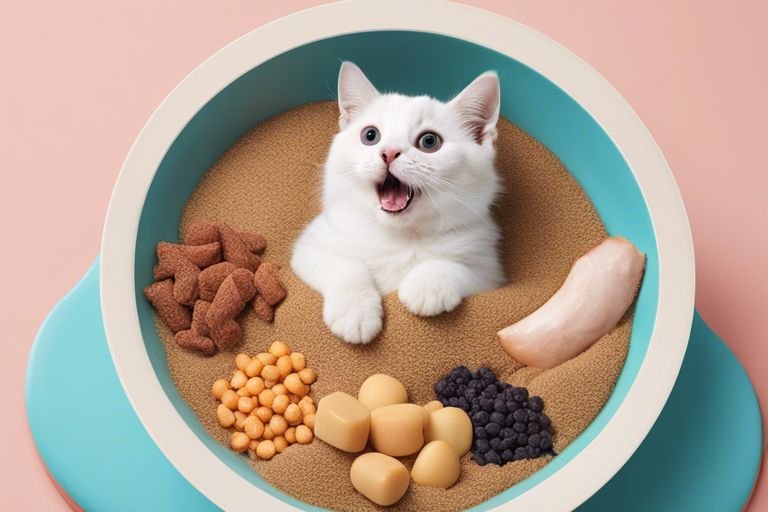High Fiber Cat Food – A Complete Guide For Pet Owners
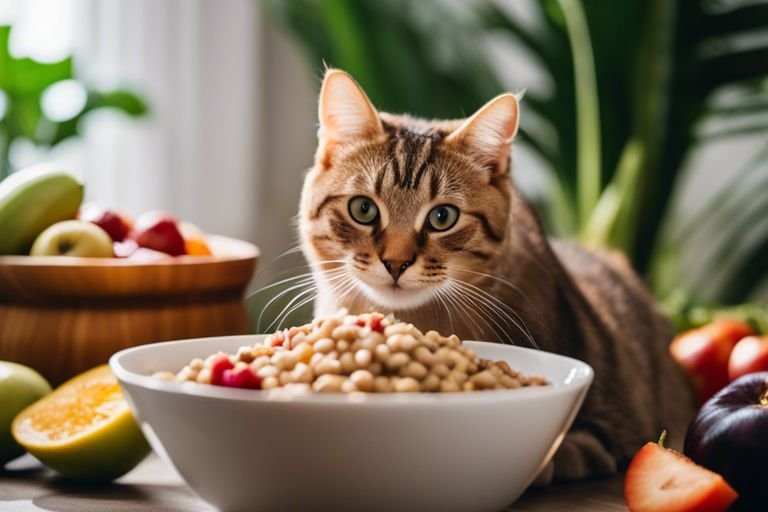
Feeding your feline friend a diet rich in fiber is important for their overall health and well-being. High fiber cat food can help prevent common digestive issues such as constipation and hairballs, as well as promote a healthy weight and balanced blood sugar levels. In this comprehensive guide, we will explore the benefits of high fiber cat food, how to choose the best option for your pet, and tips for introducing it into their diet successfully. As a pet owner, providing the right nutrition is crucial, and understanding the role of fiber in your cat’s diet is key to ensuring their long-term health and happiness.
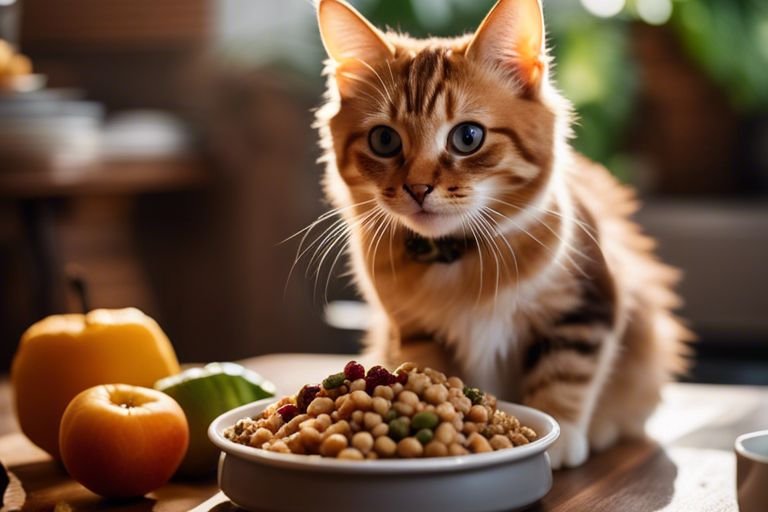
Understanding Fiber and Your Cat's Health
What is Fiber?
With regards to your cat’s diet, fiber is a type of carbohydrate that the body cannot digest. It comes from plant-based sources such as grains, vegetables, and fruits.
Benefits of High Fiber in a Cat's Diet
What makes high-fiber cat food crucial for your feline friend? Fiber plays a crucial role in maintaining your cat’s digestive health. It helps regulate bowel movements, prevent constipation, and reduce the risk of hairballs. Additionally, it can aid in weight management and control blood sugar levels.
Health
Ensuring your cat has an adequate fiber intake can positively impact their overall well-being. High fiber cat food can help prevent obesity by promoting a feeling of fullness without excess calories. It can also assist in managing conditions such as diabetes or hairball issues. However, it’s crucial to strike a balance as too much fiber can lead to gastrointestinal upset. Consult your veterinarian to determine the right fiber content for your cat’s specific needs.
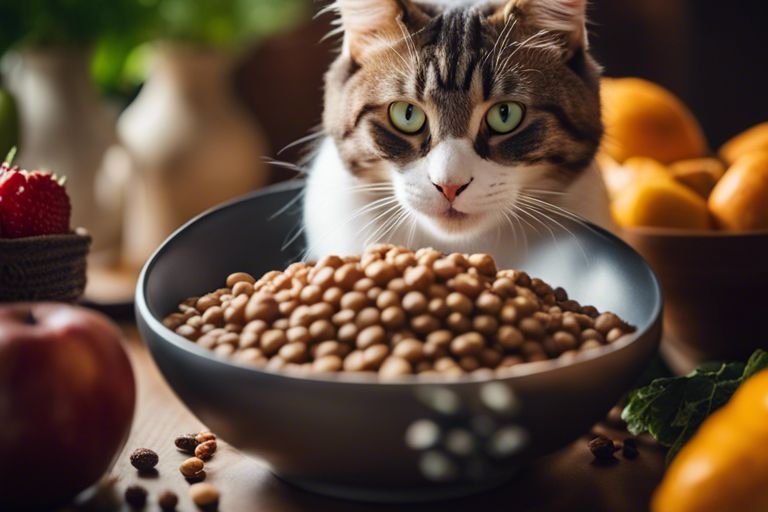
Types of High Fiber Cat Foods
Any pet owner looking to increase their cat’s fiber intake has a variety of options to choose from. High fiber cat food come in both commercial and homemade forms, each with its own set of benefits.
| Commercial High Fiber Diets | Homemade High Fiber Options |
| Prescription diets | Pumpkin puree |
| Weight management formulas | Sweet potatoes |
| Specialized high fiber blends | Chia seeds |
| Senior cat formulas | Carrots |
| Grain-free options | Brown rice |
This comprehensive breakdown of high fiber cat foods ensures that pet owners can make an informed decision based on their cat’s individual needs. Importantly, always consult with a veterinarian before introducing any new diet to your cat to ensure it is suitable for their health.
Commercial High Fiber Diets
On the market, there are various commercial high fiber cat foods designed to meet the dietary requirements of cats with specific health conditions or weight management needs. These diets often contain added fiber sources such as beet pulp, cellulose, or psyllium husk to support digestive health and regulate bowel movements.
Homemade High Fiber Options
Fiber-conscious pet owners can also opt for homemade high fiber cat food options, incorporating ingredients like pumpkin puree, sweet potatoes, chia seeds, carrots, and brown rice into their cat’s meals. These natural sources of fiber can be easily mixed with your cat’s regular food to increase their fiber intake and promote overall gut health.
Plus, homemade high fiber options allow pet owners to have more control over the ingredients in their cat’s diet, ensuring that they are free from additives and preservatives that may be found in some commercial cat foods.
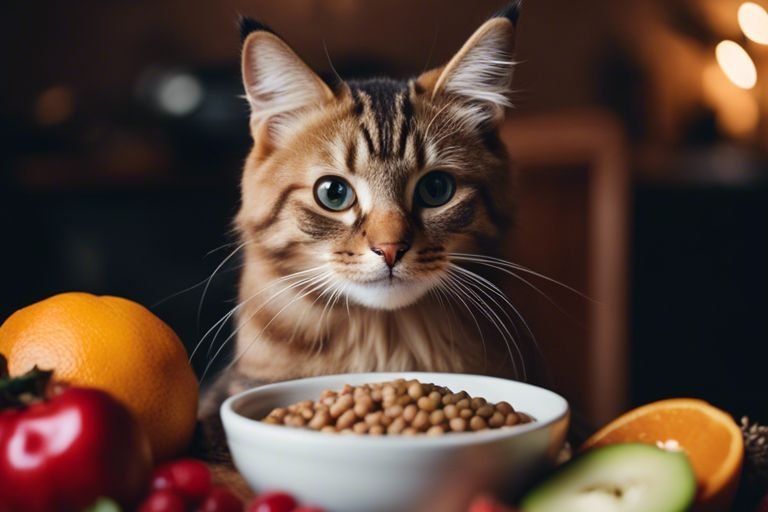
How to Choose the Right High Fiber Cat Food
All cat owners want the best for their feline friends, and choosing the right high fiber cat food is vital for their health and well-being. To help you make an informed decision, check out our 8 Best High Fiber Cat Foods of 2024 – Reviews & Top Picks guide for recommendations and reviews.
Analyzing Cat Food Labels
To ensure you are selecting a high fiber cat food that meets your pet’s needs, it is vital to analyze the cat food labels carefully. Look for ingredients such as whole grains, vegetables, and fruits that are high in fiber content. Avoid foods with excessive fillers, artificial additives, and unnecessary preservatives. Pay attention to the percentage of fiber listed in the guaranteed analysis to ensure it meets your cat’s dietary requirements.
Considering Your Cat’s Specific Needs
To choose the best high fiber cat food for your furry friend, consider their specific needs and health conditions. Cats with digestive issues, weight management concerns, or hairball problems may benefit from a high fiber diet. Consult with your veterinarian to determine the ideal fiber content for your cat’s individual needs and to discuss any dietary restrictions or recommendations based on their health status.
Fiber plays a crucial role in your cat’s digestive health, promoting regular bowel movements and preventing constipation. It can also help with weight management by promoting a feeling of fullness and reducing overeating. When dicking out a high fiber cat food, consider your cat’s age, activity level, and any existing health conditions to ensure you are choosing a balanced diet that meets all their nutritional needs.
Transitioning to High Fiber Food
To ensure a smooth transition to high fiber cat food, it is important to follow a gradual process that allows your feline friend’s digestive system to adjust comfortably. Suddenly switching to a high fiber diet can lead to gastrointestinal upset, causing your cat discomfort and distress.
Start by mixing a small amount of the new high fiber cat food with your cat’s current food. Gradually increase the portion of the high fiber food while decreasing the old food over a period of 7-10 days. This slow transition will allow your cat’s digestive system to adapt to the increased fiber content without causing any digestive disturbances.
Monitor your cat closely during the transition period. Look out for any signs of digestive issues such as diarrhea, vomiting, or changes in appetite. If you notice any concerning symptoms, slow down the transition process and consult your veterinarian for guidance.
Make sure to provide plenty of fresh water during the transition period. Adequate hydration is vital to support your cat’s digestive system as it adjusts to the new high fiber diet. Encouraging your cat to drink water will help prevent constipation and promote overall digestive health.
FAQ
Q: What is high fiber cat food?
A: High fiber cat food is specially formulated pet food that contains a higher percentage of fiber than regular cat food. This type of food helps in digestion, weight management, and overall gut health for cats.
Q: Why should I feed my cat high fiber food?
A: High fiber cat food can help prevent hairballs, regulate blood sugar levels, promote a healthy weight, and improve overall digestive health in cats. It is especially beneficial for cats with constipation or obesity issues.
Q: How do I know if my cat needs high fiber food?
A: Signs that your cat may benefit from high fiber food include constipation, diarrhea, vomiting, weight gain, or hairballs. If your cat is experiencing any digestive issues, consult with your veterinarian before switching to high fiber cat food.
Q: What are good sources of fiber in cat food?
A: Good sources of fiber in cat food include beet pulp, pumpkin, sweet potatoes, oats, and brown rice. Look for cat food that lists these ingredients high up on the ingredient list to ensure your cat is getting an adequate amount of fiber.
Q: How do I transition my cat to high fiber food?
A: To transition your cat to high fiber food, gradually mix small amounts of the new food with their current food over a period of 7-10 days. This gradual transition will help prevent digestive upset and allow your cat to adjust to the new food more easily.
